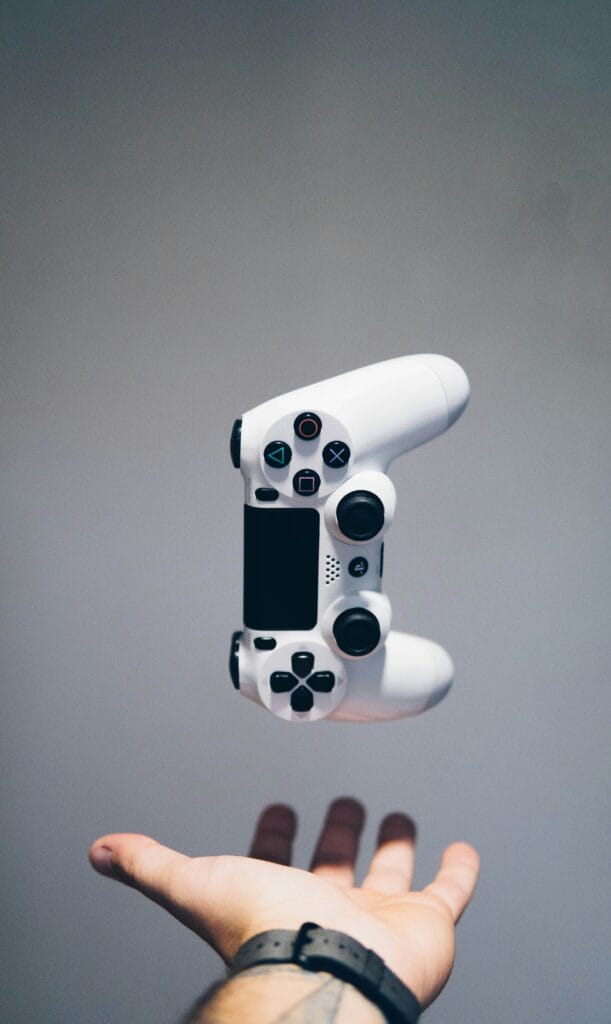Before becoming a parent, it’s all too easy to tell yourself that if you had children, you’d restrict their screen time, allowing them very little, if any, during the early years. There is no shortage of data showing how excessive amounts of screen time can be harmful to kids, in particular time spent scrolling through social media -but then there are the benefits of screen time; and for busy parents, it can also provide brief periods of entertainment to keep kids busy, so what’s the best approach?
As a parent, you may be struggling to find a happy balance between screen time and time away from digital devices. To help you make an informed decision, let’s take a look at the facts and data surrounding child screen time and why it is important to limit it.

The Negative Mental and Developmental Effects Are Vast
Poring through the vast amount of information on the negative effects of child screen time is a daunting task. Especially since experts are still analysing and gathering information, trying to paint as accurate a picture as possible. Nevertheless, we know that excessive screen time can have negative mental and developmental consequences.
Online Bullying Can Occur
Social media offers people a way to meet, communicate, share ideas, and offer entertainment -but there is also a dark side to social media that poses safety risks to kids. Online bullying is far too common nowadays, and kids can quickly fall victim to it.
Problems Connecting with People in Real Life
It used to be that in-person friendships and relationships were the only option, but thanks to social media, that is no longer the case. On the surface, virtual friendships aren’t necessarily a bad thing, but if kids only have online friends, it may cause social problems in real life. They may not be able to read social cues and may have a hard time relating to others.
If kids are spending all their free time in front of a screen, they also have very little time to interact with in-person friends.
Schoolwork Can Suffer

As children progress through school, it’s normal for them to have more homework and assignments. If they are spending too much time online, watching television, or playing on their mobile device, schoolwork can start to suffer. They may procrastinate, rush through work, miss deadlines, or not even try.
Sleep Disruption
Sleep disruption and irregular sleep patterns can also start to occur if kids are glued to a screen. If a child is allowed digital devices in their room at bedtime, they can be tempted to keep scrolling and using the device rather than sleeping. A lack of sleep has knock-on effects such as mood swings, fatigue, difficulty concentrating at school, and more.
Behavioural Problems Can Develop
Data shows that excessive screen time can lead to social and emotional problems. Digital devices can become such a staple in their routine that they get addicted to them and act out if screen time is limited.
Eye Muscles Can Become Overworked and Fatigued
The focus on mental health is certainly important, but what isn’t always discussed is the negative physical impacts excessive screen time can cause. Spending too many hours in front of the television, or worse yet, watching videos and scrolling through social media on a tablet or smartphone, can quickly lead to digital eye strain.
Digital eye strain occurs when the eyes become fatigued. Staring at a screen, particularly close up like a smartphone, means the eye muscles are constantly straining. The term “digital eye strain” acts as an umbrella diagnosis since it encompasses a host of vision issues.
Here are some of the most common symptoms of digital eye strain:
- itchy eyes,
- red eyes,
- tired eyes,
- dry eyes,
- headaches,
- back and neck pain,
- blurred vision,
- watery eyes,
- double vision,
- inability to focus properly, and
- pain
While there are a few factors that contribute to digital eye strain, excessive time on a digital device is top of the list.
The 20:20:20 Rule Can Prove Useful

Due to the dependence on digital devices at schools and the fact that most kids will want at least some screen time, parents can strive to create balance. The 20:20:20 rule can be a great one to use, as it will help reduce the negative effects of screen time. Every 20 minutes a child should look away from the digital device, focus on something that is 20 feet away, and then hold that focus for 20 seconds. This exercise can relax the eye muscles and thereby reduce the risk of eye strain.
There should also be screen-free time each day. This could be a specific time of day, such as mealtime, or specific blocks of time like right after school or before bedtime.
Another general rule to follow is to base the screen time on the child’s age. The younger they are, the stricter parents should be about limiting the time. It’s also a little easier when they are young to set these rules and boundaries since they don’t need to be on a digital device at school all day long.
And let’s not forget, if parents are limiting screen time for kids, they need to lead by example. Don’t spend your whole day doom-scrolling on social media or accepting welcome offers for new players while telling your kids they can’t be on the screen. If you limit your time, they will accept it as the norm.
Only Scratching the Surface
As all-encompassing as these facts are, when it comes to the negative effects of excessive screen time for kids, the list continues. What this means is that parents need to take an active role in limiting their kids’ screen time and explain the reasons behind their actions. Kids should know that excessive screen time isn’t in their best interest.

